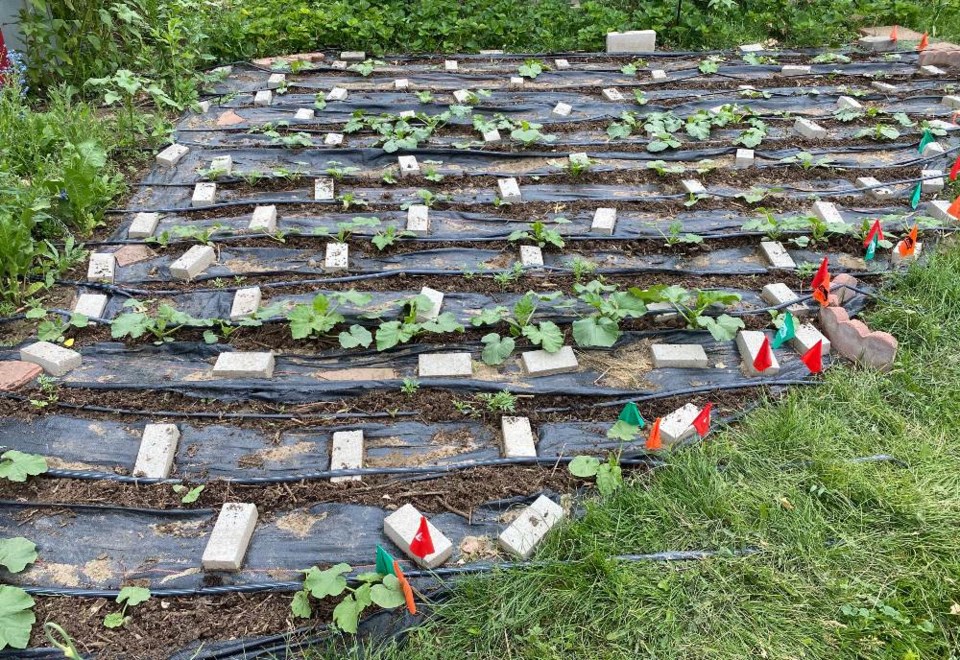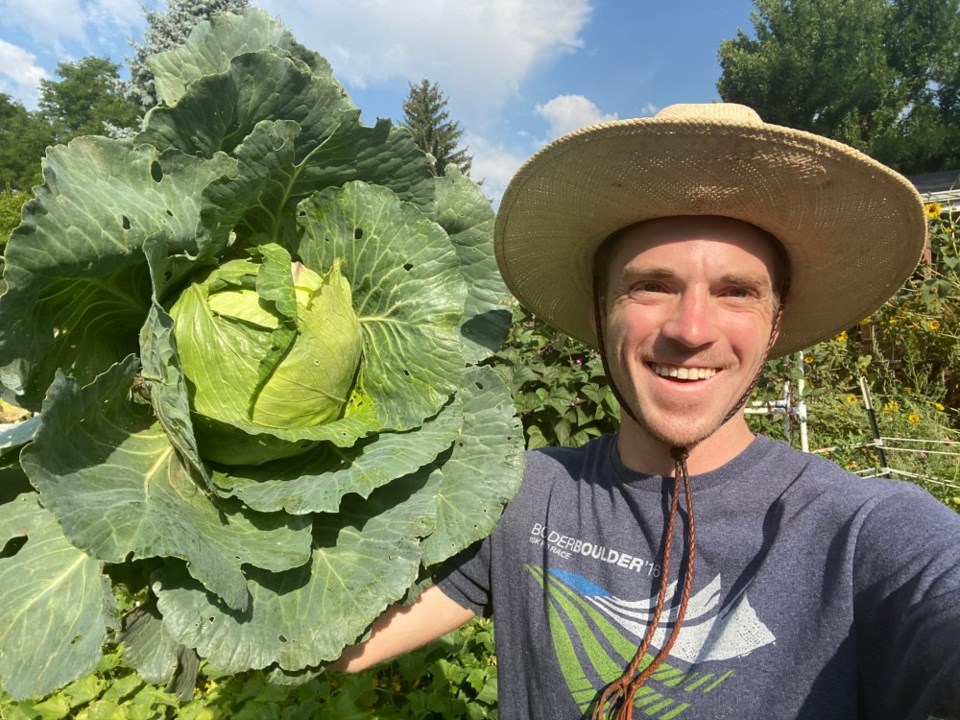Now that your urban farm or garden is starting to take shape, there are two important questions you want to ask yourself and get a plan for as soon as possible (such as right now):
1. How are you going to control weeds?
2. How are you going to water your crops?
Those pesky weeds are likely going to be your biggest challenge. You will have weeds growing and they generally grow fast and furious, crowding out everything around them. Some weeds even emit toxins from their roots to kill off any other plants that might be growing around them. The plant world is nuts.
There are a few options to help keep weeds under control. Since we're all about helping the earth as well as being a good neighbor by not poisoning your neighborhood and our lovely town, we're going to stay away from chemical weed controllers. They won't do you any good in the long run. There are three other options:
1. Do nothing and plan on pulling the weeds as they grow. I do not recommend this strategy but it is an option. It will likely result in you spending all of your free time pulling weeds, which is not the most enjoyable activity.
2. Use landscaping fabric. This works extremely well and is the nuclear option when it comes to weed control, it’s a barrier that you put down then burn holes into it where you are planting your vegetables. It’s permeable so water goes through it but it blocks light, preventing weeds from growing. If weeds do end up growing under the fabric, you just walk over it and stomp them down.
3. Use straw, mulch or wood chips. You can put a thick layer of one of these down where you are not growing vegetables to try and prevent the weeds from growing. This has the added benefit of simultaneously adding organic matter into the soil as the bottom layer decomposes, which your plants will love. If you are a Longmont resident you have access to free mulch at the branch drop-off at the Waste Diversion Center, making this a potentially fantastic option.
Next you need a plan in place for watering your future bounty, for which there are a few options:
 Irrigation and landscaping fabric among the squash plants in 2020. By James Lissy / Courtesy photo
Irrigation and landscaping fabric among the squash plants in 2020. By James Lissy / Courtesy photo2. Using an existing hose or sprinkler. This is certainly a more economical option and it might be a good option if your space is small. Keep in mind that watering with this method is manual, and will need to be done every day. You’ll also lose more water to evaporation, plus plants don’t need water on their leaves, they need it at their roots. Far from an efficient method but the easiest on the front end.
3. Watering can. Probably the most economical option as all you need is a watering can. This will be the most time-intensive option and is manual, there’s no way around that.
These are just the basic options. You also can get creative and come up with your own unique solution for either of these. Get a plan in place now for controlling weeds and watering your vegetables, implement this plan, have fun, and get growing.
More complete information about weed control, as well as building your own drip irrigation system, is available on my blog, check them out if you want more information.
Have a question?
If you have any questions or subjects that you would like me to cover in this column, they can be emailed to [email protected] with the subject of “Longmont Leader Question.” I will happily answer any questions that you may have, after all this column is for you to benefit from and enjoy.



